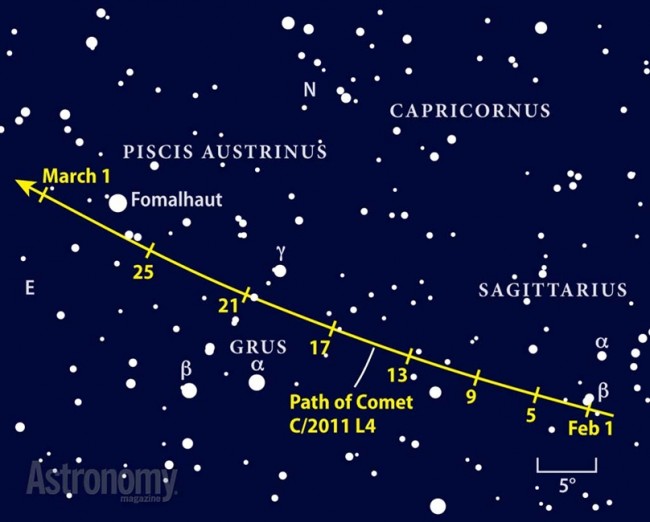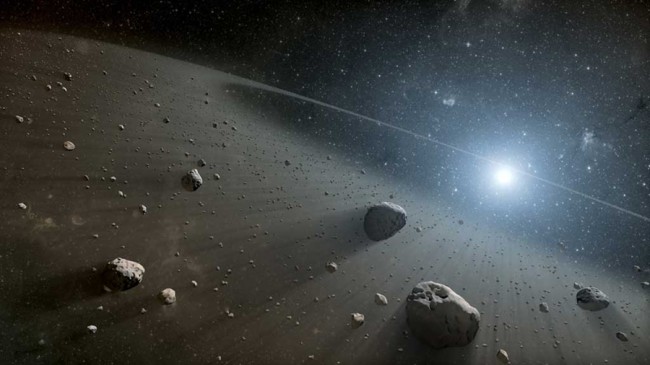What to expect from Comet PANSTARRS in February
Comet-finder-chartAs Comet PANSTARRS makes its first trip through the inner solar system, it could brighten to naked-eye visibility late in February for observers in the Southern Hemisphere. // Astronomy: Roen Kelly Southern-sky viewers have all the luck this month. By Michael E. Bakich — Published: January 31, 2013 As February opens, Comet PANSTARRS (C/2011 L4) …




